Our most-viewed pieces span nature and perception, artificial intelligence, and movies and architecture. Scroll through to make sure you haven’t missed something big! Continue reading

January 19, 2023
by Aesthetics for Birds
0 comments
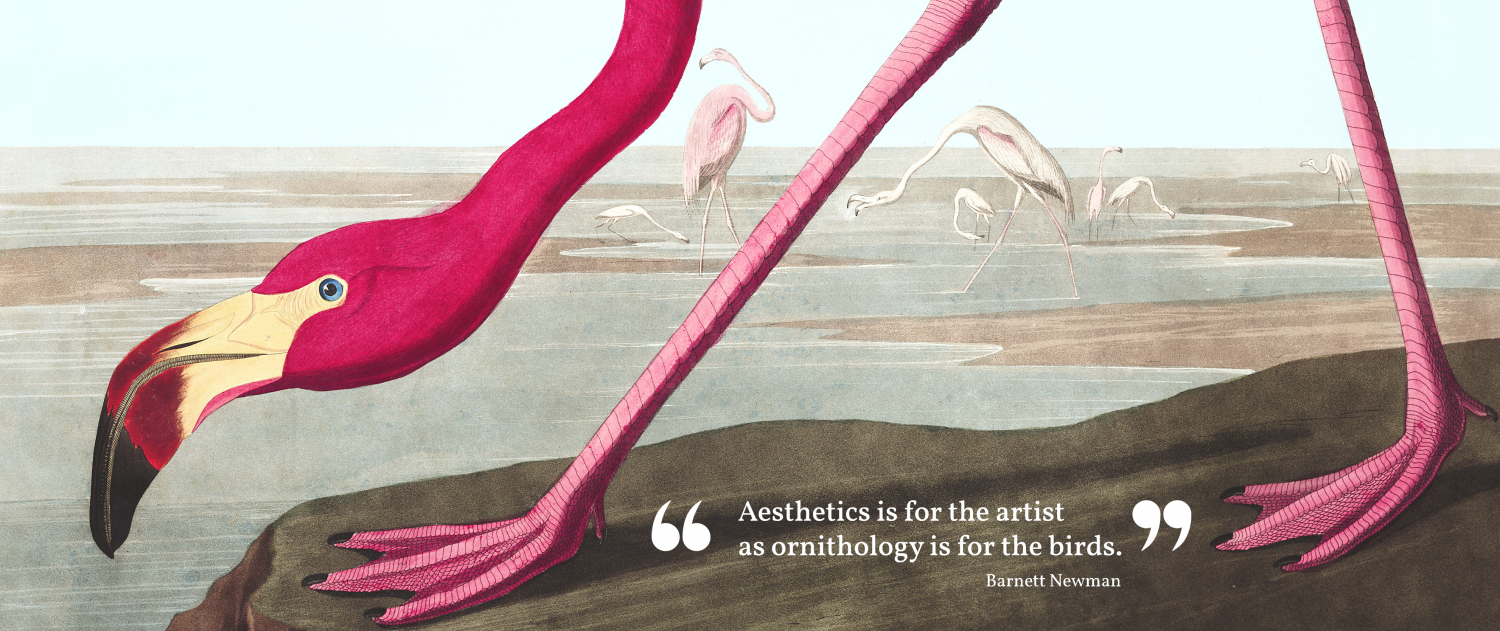

January 19, 2023
by Aesthetics for Birds
0 comments
Our most-viewed pieces span nature and perception, artificial intelligence, and movies and architecture. Scroll through to make sure you haven’t missed something big! Continue reading
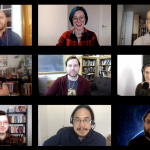
January 27, 2022
by Aesthetics for Birds
0 comments
A YouTube series features interviews with philosophers about their work in aesthetics and the philosophy of art. Continue reading
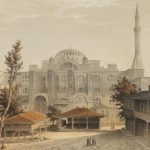
January 13, 2022
by Aesthetics for Birds
0 comments
Six scholars discuss the complicated history of Hagia Sophia and its recent conversion to a mosque Continue reading
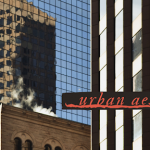
September 23, 2021
by Aesthetics for Birds
2 Comments
A city is not just the sum of its buildings. Urban aesthetics is not just about architecture. What makes a city beautiful is how we feel moving through it. Continue reading
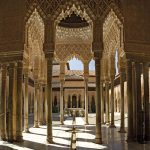
September 9, 2021
by Aesthetics for Birds
0 comments
Philosopher Susan Wolf talks about her aesthetic experience of the Alhambra. Continue reading
May 19, 2020
by Alex King
0 comments
Now that increasing numbers of people are stuck at home and sheltering in place, I figured I’d do a little series. Every weekday for the duration of this intense period, I’ll post a short definition of some term in/related to aesthetics and philosophy of art. Let’s see how this goes! See them all here. This week is another grab bag of important terms and phrases. Yay! Terms of Art #37: form follows function
April 16, 2020
by Alex King
0 comments
What follows is a guest post by Jay Miller. Recently, a draft proposal of a presidential executive order was obtained and printed by the Chicago Sun-Times. Under the banner of “Making Federal Buildings Beautiful Again,” the leaked document effectively mandates the classical style of architecture for all federal buildings in the U.S. It seeks to right the wrongs of modernist architecture by officially proclaiming the classical style of architecture “the preferred and default style” for federal buildings. The proposal proceeds by first identifying the culprits: It blames the federal government for “largely abandon[ing] traditional, classical designs” in the 1950s; it accuses the General Services Administration (GSA) of overseeing “aesthetic failures”; even more specifically, it takes aim at the “Guiding Principles for Federal Architecture,” drafted in 1962 by an aide of the Kennedy administration, for having “implicitly discouraged” classical and other designs “known for their beauty.” Yet, the real target of … Continue reading
November 29, 2019
by Aesthetics for Birds
0 comments
Alex King interviews philosophers Jeanette Bicknell, Jennifer Judkins, and Carolyn Korsmeyer. Jeanette Bicknell, Jennifer Judkins, and Carolyn Korsmeyer recently co-edited a collection of new essays, Philosophical Perspectives on Ruins, Monuments, and Memorials. From the book description: This collection of newly published essays examines our relationship to physical objects that invoke, commemorate, and honor the past. The recent destruction of cultural heritage in war and controversies over Civil War monuments in the US have foregrounded the importance of artifacts that embody history. … The authors consider issues of preservation and reconstruction, the nature of ruins, the aesthetic and ethical values of memorials, and the relationship of cultural memory to material artifacts that remain from the past. See the full list of contributing authors here. Below, Alex King interviews them about themes from the volume.
April 29, 2019
by Aesthetics for Birds
0 comments
What follows is a guest post by philosopher Saul Fisher, on the recent tragedy of Notre-Dame Cathedral in Paris. The burning of the roof and spire of the cathedral of Notre-Dame de Paris on April 15 was a moving and dramatic event, variously interpreted as architectural disaster, economic loss, flashpoint for myriad heritage issues, and moment of French national unity. The cathedral has endured since medieval times: construction began in 1163 CE, the towers were completed in 1250, and figurative elements were added in the mid-14th century. From this endurance alone, it is little wonder that the cathedral captures the imagination of the French, the devout, the appreciators of architectural history, and the every Parisian visitor. Little wonder, too, then, that the fire consuming the cathedral prompted strong emotional response. While lamenting the event’s tragic dimensions and symbolism, I find consolation, or perhaps refuge, in formalist and abstractist ways that … Continue reading
August 16, 2017
by C. Thi Nguyen
0 comments
This is entry #68 in our 100 Philosophers, 100 Artworks, 100 Words Series.